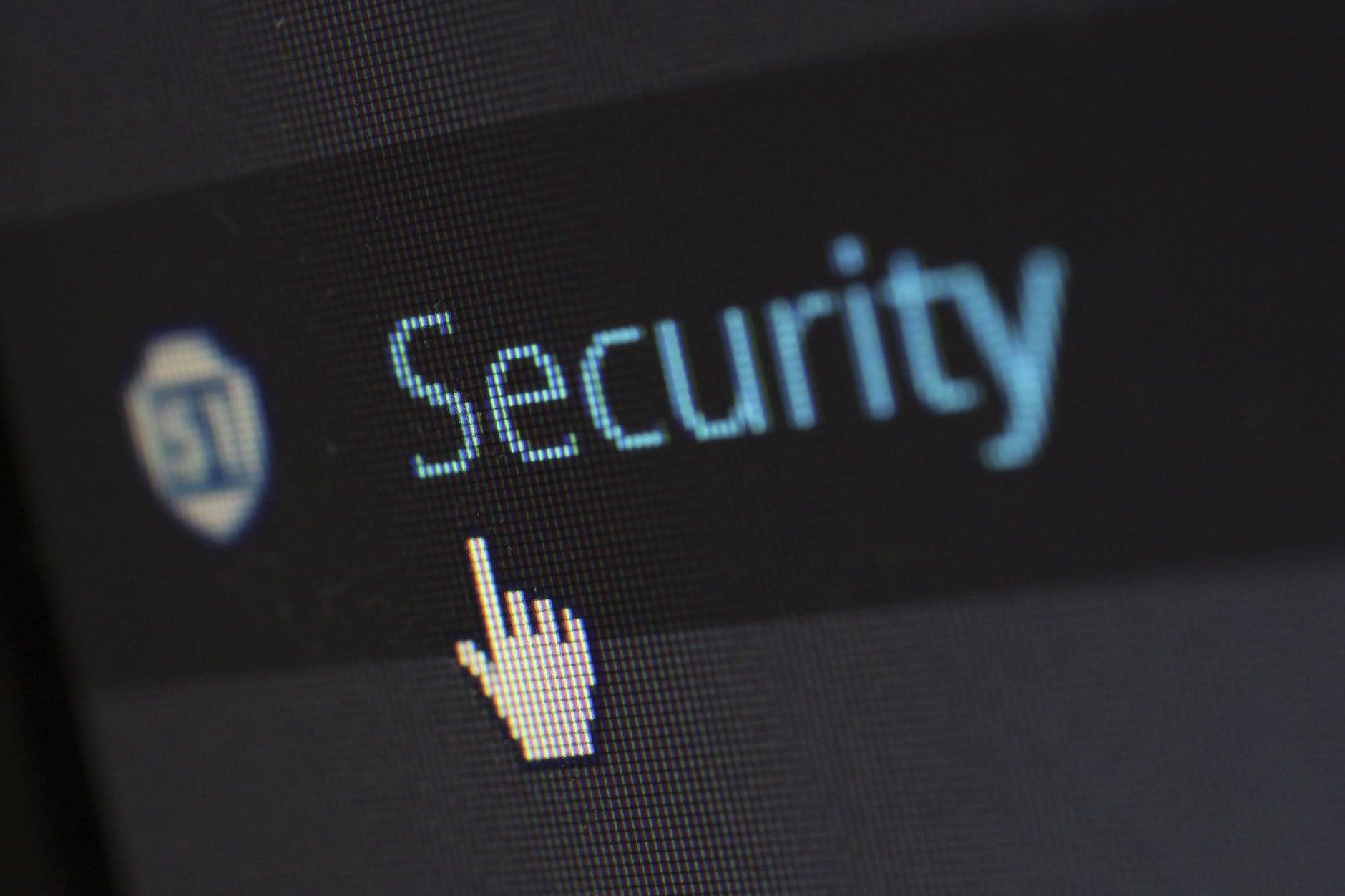Managed services are about more than fixed-fee contracts and 24×7 support, and if your current MSP (Managed Services Provider) doesn’t agree, you need to move on. The fact is: You need to partner with a quality provider who will offer first-in-class tech support and help you take a proactive approach to save time and money while maximizing results. Read on…
Howdy Partner
Your IT infrastructure is a valuable asset that keeps your business afloat while providing employees with the tools they need to succeed. Often, technology management providers will try to sell you managed service plans that pay little attention to your most important needs. If an MSP is going to succeed in becoming an extension of your staff, they first need to take the time to understand how your business uses technology in the first place.
Becoming a valued partner is the most important piece of success when it comes to effectively managing a company’s technology assets. Building trust requires dedication and steadfastness, with a focus on providing quantifiable results. Clear communication with an organization’s managers and employees, along with proactive attention to potential computer-related issues needs to serve as the backbone of creating an honest partnership between the managed services provider and client.
In the MSP Know
The better we know each other, the better we can become important in each other’s lives. Managed services are about providing relevant tech support that matters. We understand that many organizations do not have the resources to hire in-house IT staff, and that is why it is important for us to take the time to build trust and provide results.
We need our clients to know our worth and want them to see us as an extension of their business.
Ready?
Taking the first step to improve your IT is as easy as contacting us for a conversation.






